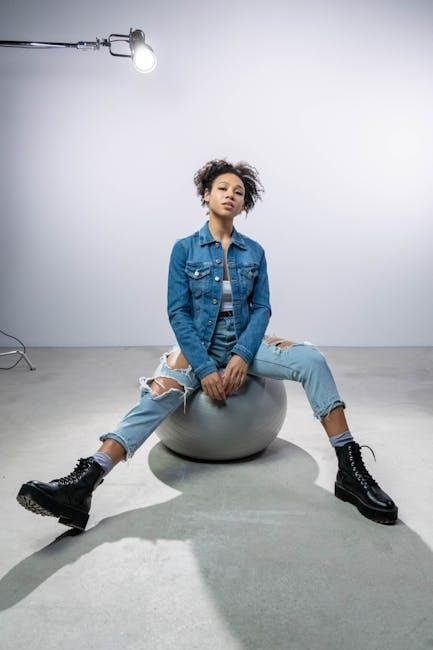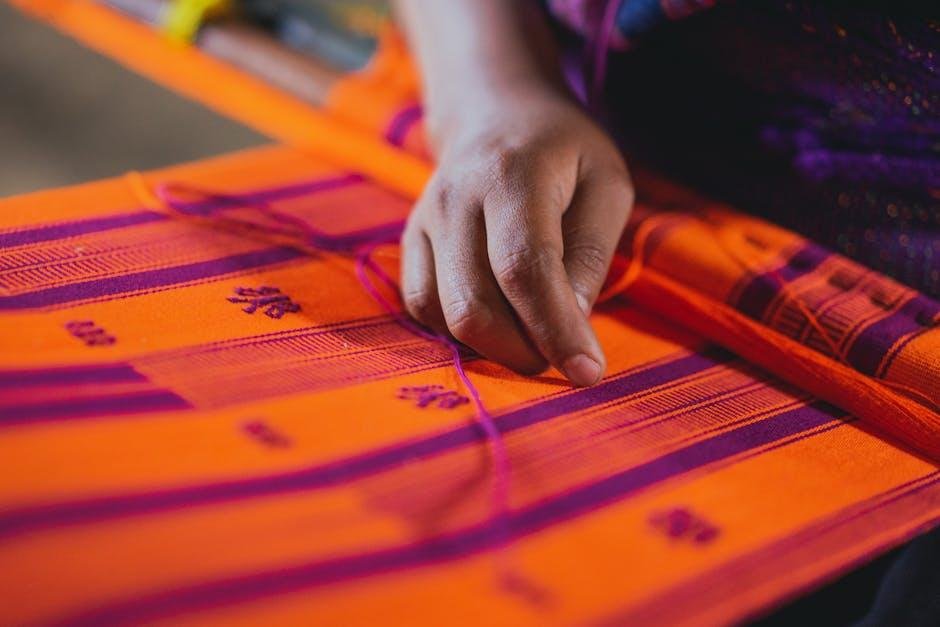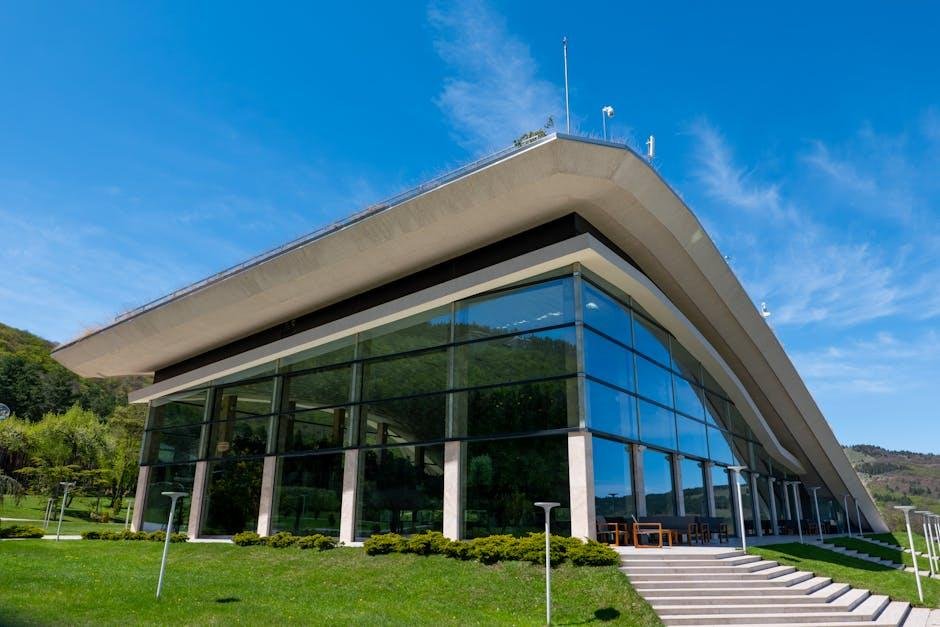Designers to Watch This Year: Innovators Shaping Tomorrow’s Aesthetics
As the design world continually evolves, each year brings a fresh wave of creativity and innovation. New talents emerge, pushing boundaries and redefining the spaces we inhabit, whether through fashion, interior design, graphic art, or product innovation. In 2023, a diverse array of designers is set to capture our attention, each with their unique vision and style. This article will spotlight a selection of these rising stars—individuals who are not only making a mark with their distinctive approaches but are also influencing the broader trends that shape our contemporary visual landscape. Join us as we explore the works of these inventive minds, whose originality and passion promise to spark inspiration and conversation in the year ahead.
Emerging Talent Redefining Contemporary Aesthetics
As the design landscape continually evolves, a new wave of talent is emerging, profoundly reshaping our understanding of contemporary aesthetics. These designers are not only embracing conventional craftsmanship but also pushing boundaries through experimentation with materials and techniques. They weave cultural narratives into their work, fostering a deeper connection between the art and its audience. This year, we are witnessing a vibrant fusion of form and function that challenges conventional design principles.
Among these trailblazers, key figures stand out for their innovative approaches and fresh perspectives. They are redefining design through:
- Sustainability: A commitment to environmental consciousness, utilizing upcycled materials and eco-amiable practices.
- Technology: The integration of digital tools that enhance creativity and broaden the scope of design possibilities.
- Inclusivity: A focus on diverse voices and aesthetics that reflect a broader range of human experiences and backgrounds.
| Designer | Key Focus | Notable Work |
|---|---|---|
| Clara Nguyen | Eco-conscious textiles | Reclaimed Fabric Collection |
| Nicolette DuPont | Augmented Reality in fashion | Virtual Runway Experience |
| Rami Tarek | inclusive design | Accessible Furniture Line |

Innovative Techniques Shaping the Future of Design
The landscape of design is rapidly evolving, with innovative techniques transforming how designers conceptualize and execute their creations. An exciting avenue being explored is parametric design, which allows for the manipulation of complex geometries through algorithmic processes. This technique enables designers to create adaptable and responsive environments that resonate with changing user needs. Additionally, augmented reality (AR) is playing a pivotal role in enhancing the design experience, offering clients immersive insights into proposed spaces before they are built. By merging the physical and digital realms, designers can better communicate their visions and foster collaborative relationships with stakeholders.
Furthermore, the rise of lasting design practices is reshaping traditional paradigms, as more designers prioritize eco-friendly materials and energy-efficient solutions. This shift is fueled by a growing awareness of environmental issues, prompting designers to innovate within constraints while championing biophilic design principles that integrate nature into the built environment. Another noteworthy technique is 3D printing, which is revolutionizing production processes by enabling rapid prototyping and customization. As designers embrace these innovative methods, they are not only enhancing their creative capabilities but also paving the way for a more sustainable and inclusive future in design.

Sustainable Practices Transforming the Design Landscape
As the design industry shifts towards a more eco-conscious approach,innovative designers are leading the charge with transformative sustainable practices. The integration of recycled materials,biophilic design,and renewable energy sources into their projects is not just a trend but a necessity. Many designers are now prioritizing the circular economy, focusing on reducing waste and maximizing resource efficiency throughout their design processes. By embracing ethical sourcing and responsible manufacturing, they are not only crafting aesthetically pleasing environments but also contributing to a healthier planet.
Moreover,attention to sustainability frequently enough leads to improved functionality and user experience. Designers are increasingly opting for local production,which reduces carbon footprints and supports community economies.The rise of digital tools has also allowed for more precise planning and customization, minimizing excess materials. Notably, this shift has fostered a new generation of creatives who champion eco-friendly solutions. Here’s a glimpse of their impact:
| Practice | Description | Impact |
|---|---|---|
| Recycled Materials | Utilizing materials that have been repurposed or reclaimed. | reduces landfill waste and encourages resourcefulness. |
| Biophilic Design | Incorporating natural elements and forms into design. | Enhances well-being and connection to nature. |
| Digital fabrication | Using technology to create precise, minimal waste products. | Streamlines production while promoting creativity. |

Personal Branding Strategies for Aspiring Designers
In the fast-evolving world of design, establishing a strong personal brand is crucial for aspiring designers who aim to stand out. A well-defined brand not only showcases your unique style and skills but also helps to attract potential clients and collaborators. Start by creating a professional online portfolio that highlights your best work. Ensure it is visually appealing and easy to navigate. Consider integrating the following elements into your branding strategy:
- Consistent Aesthetics: choose a color palette and typography that reflect your personal style and apply them consistently across all platforms.
- Engaging Social Media Presence: Utilize platforms like Instagram and Behance to share your work, insights, and behind-the-scenes processes, building a narrative around your design journey.
- Network Strategically: Attend industry events, join design communities, and engage with influencers to enhance your visibility and establish valuable connections.
Additionally, consider leveraging content creation as a way to strengthen your brand. Writing articles, hosting podcasts, or creating design-focused videos can showcase your expertise while providing value to your audience. Incorporating a table that highlights your skills, expertise, and milestones can visually summarize your journey:
| Skill | Experience Level | notable Project |
|---|---|---|
| Graphic Design | Advanced | Logo for Local Business |
| UI/UX design | Intermediate | Mobile App Redesign |
| Illustration | Beginner | Children’s Book Cover |
Through these strategies, you not only build a recognizable personal brand but also present yourself as a thought leader within the design community, setting the stage for future opportunities and collaborations.
in Summary
As we step into a new year brimming with potential and creativity,the designers highlighted in this article are not just names to remember; they represent the evolution of design itself. Each of these visionaries brings a unique perspective that challenges conventions, embraces innovation, and redefines aesthetics. Their work inspires us not only to look at the world differently but also to imagine the possibilities that lie ahead. As you navigate your own creative journey, keep an eye on these trailblazers—they are not just shaping their own paths, but also illuminating the way for future generations. Here’s to a year filled with inspiring designs, fresh ideas, and the relentless pursuit of creativity. Watch closely; the future is being crafted right before our eyes.



